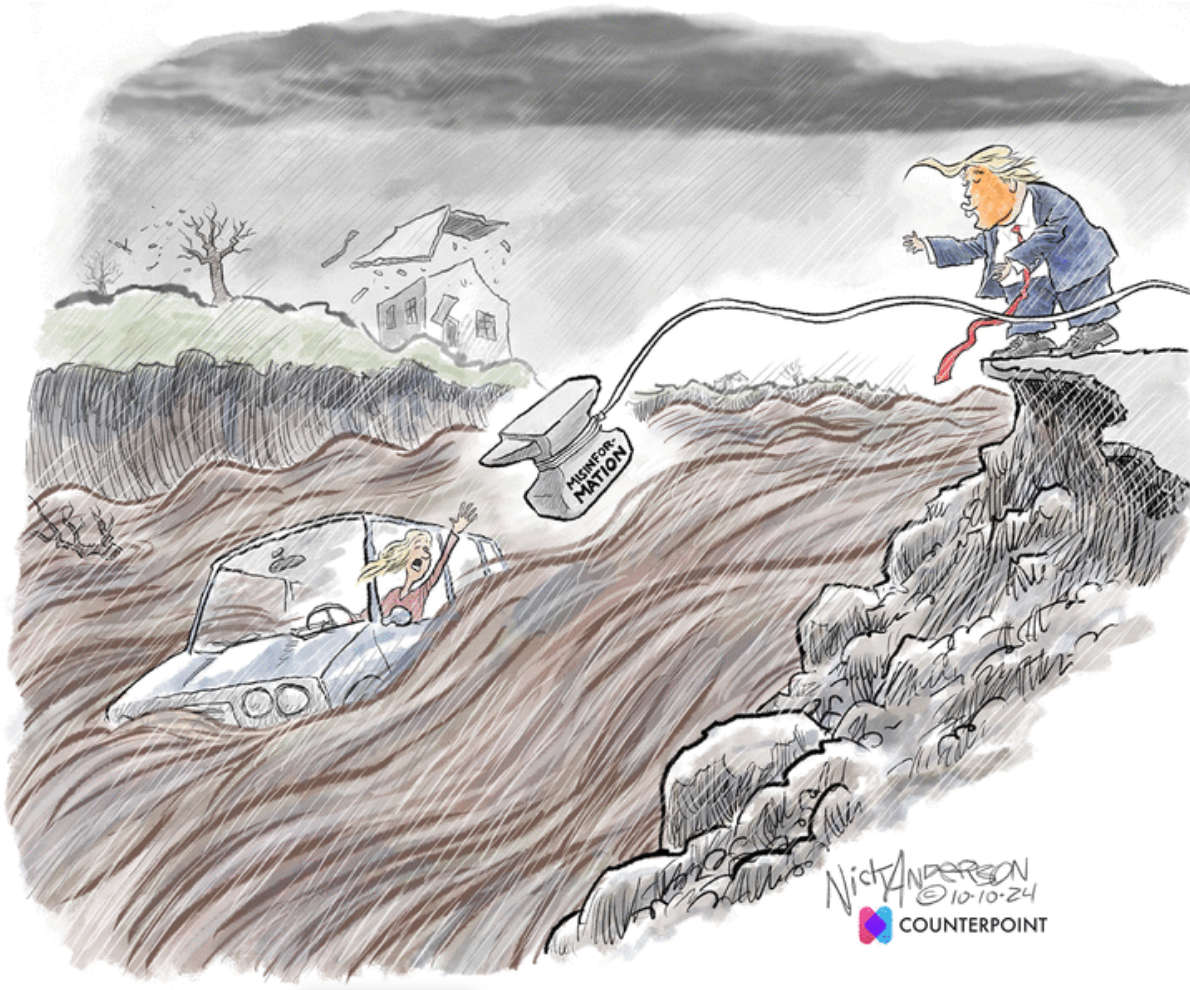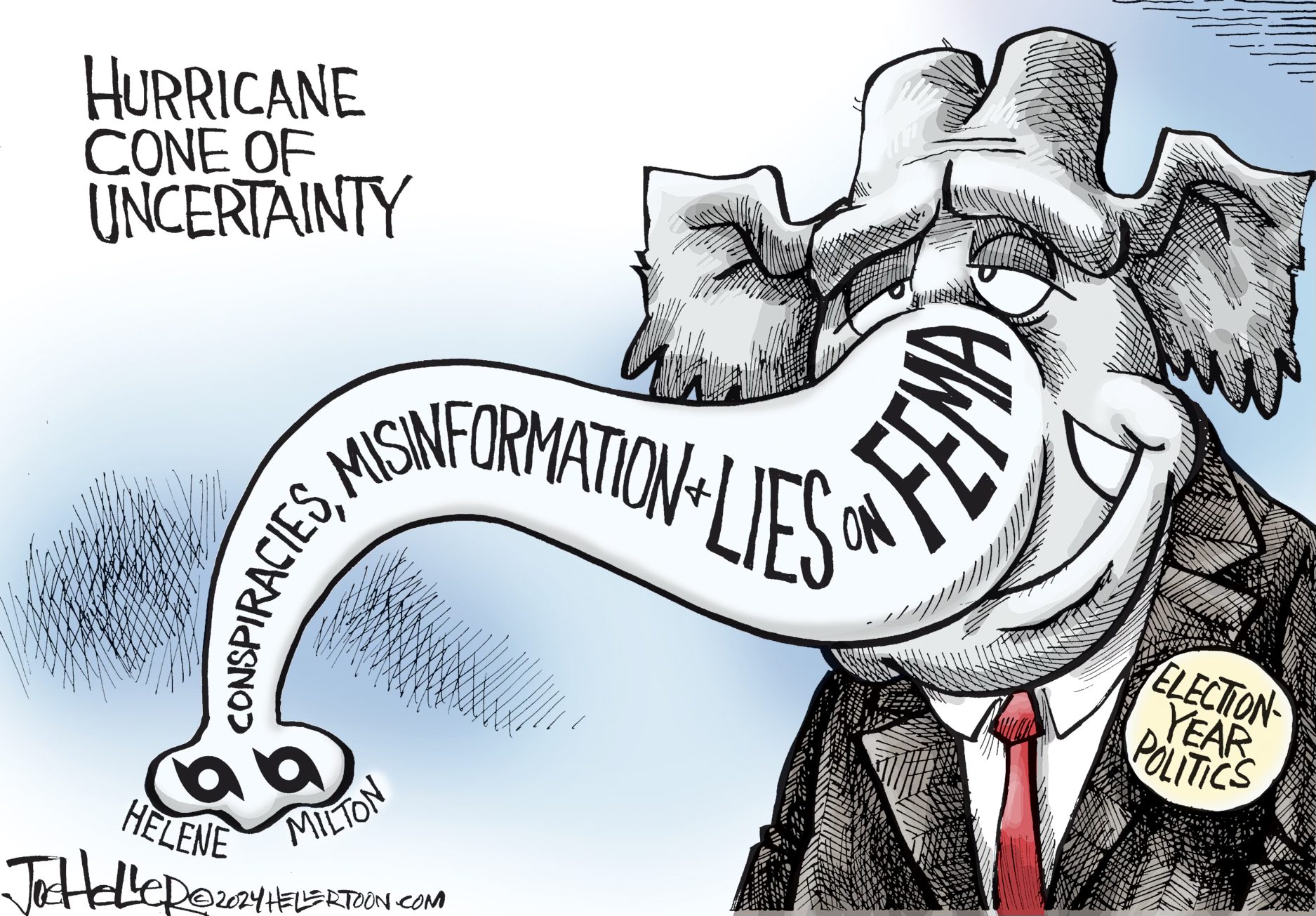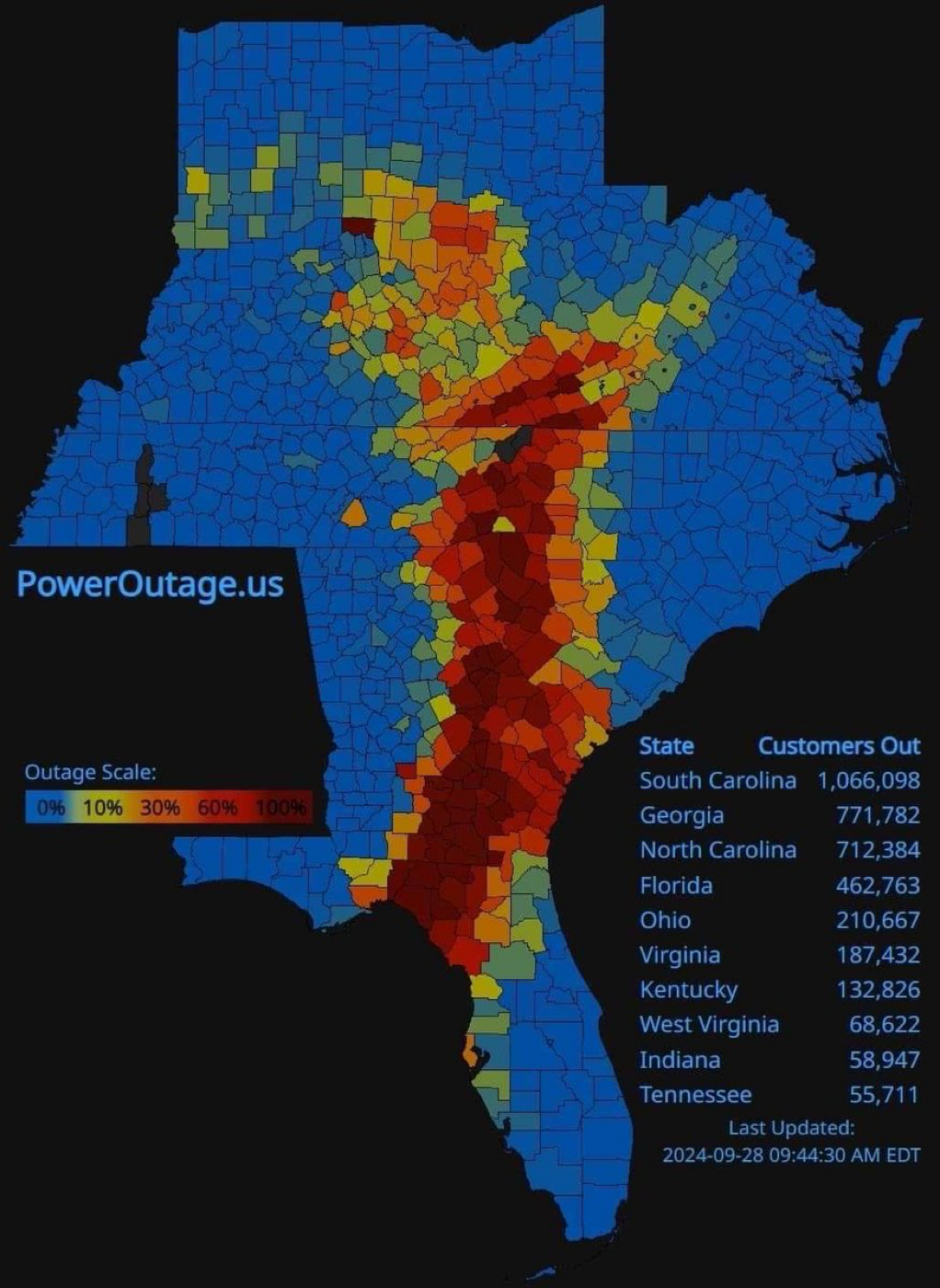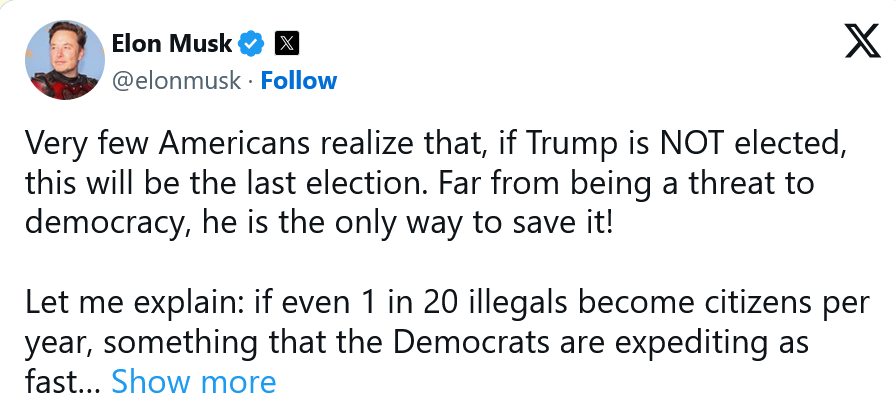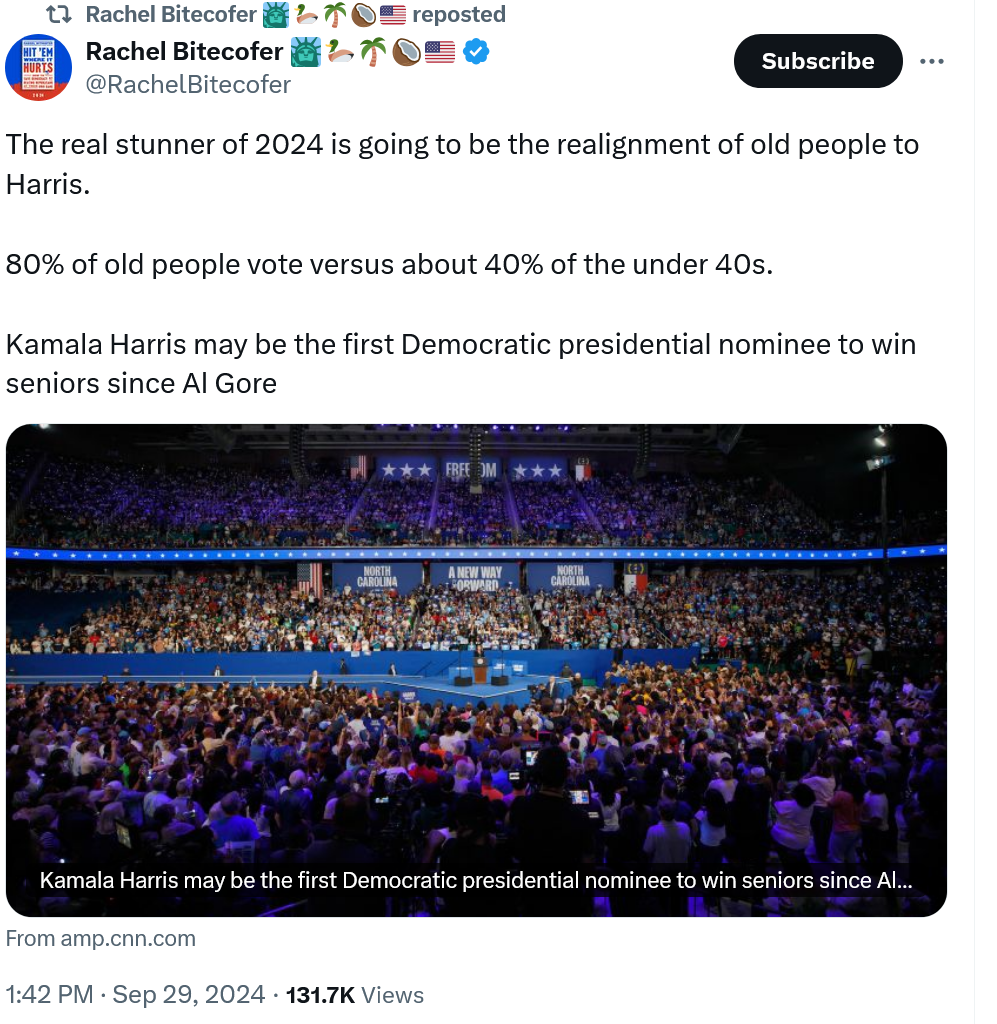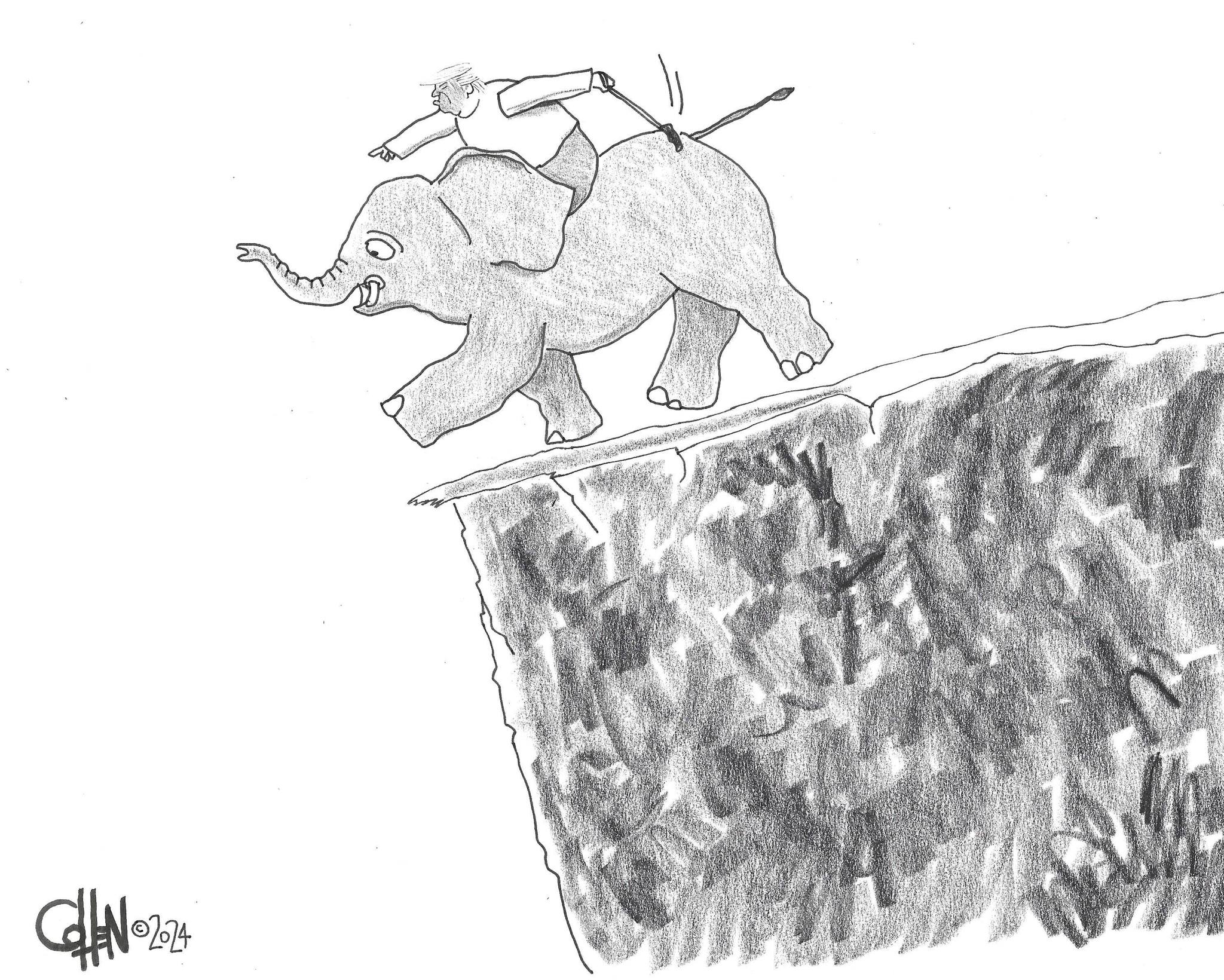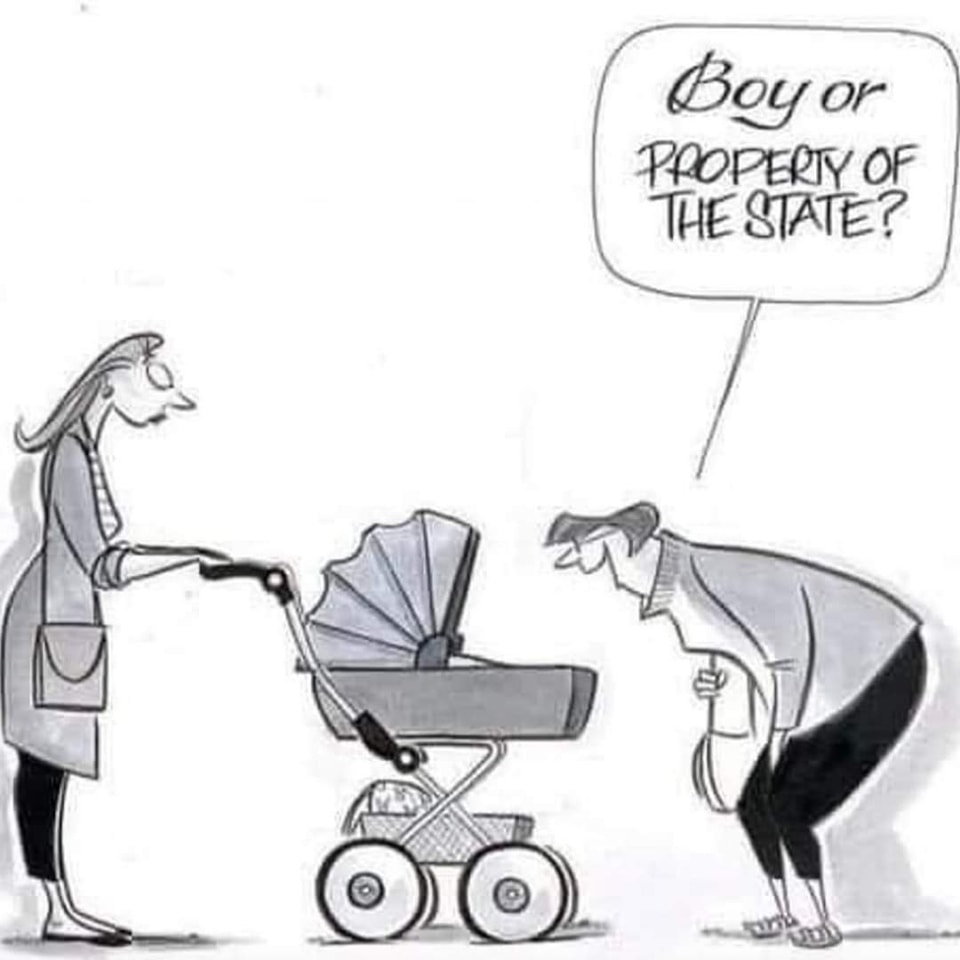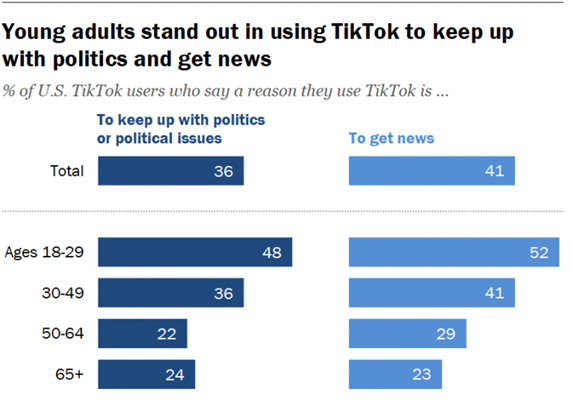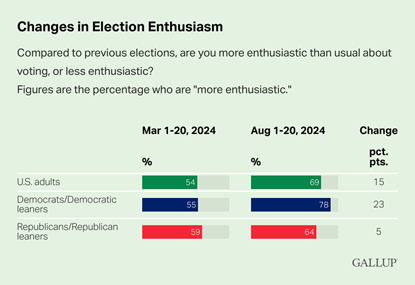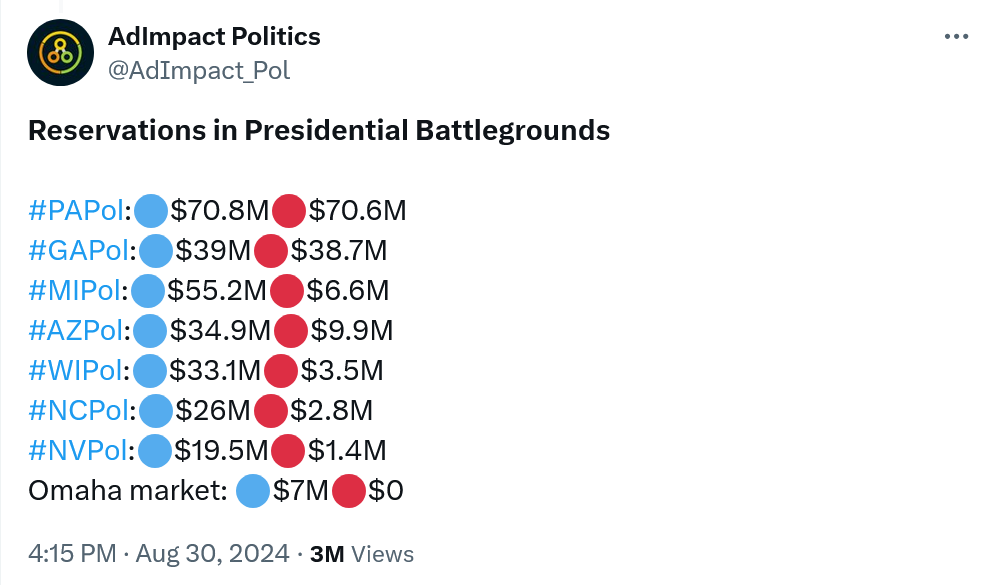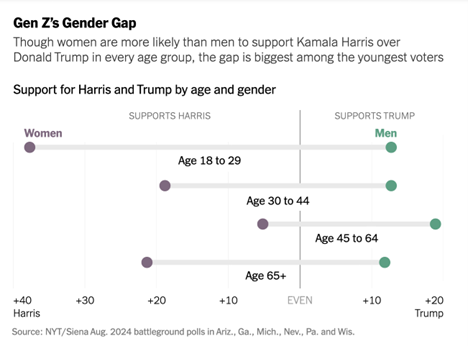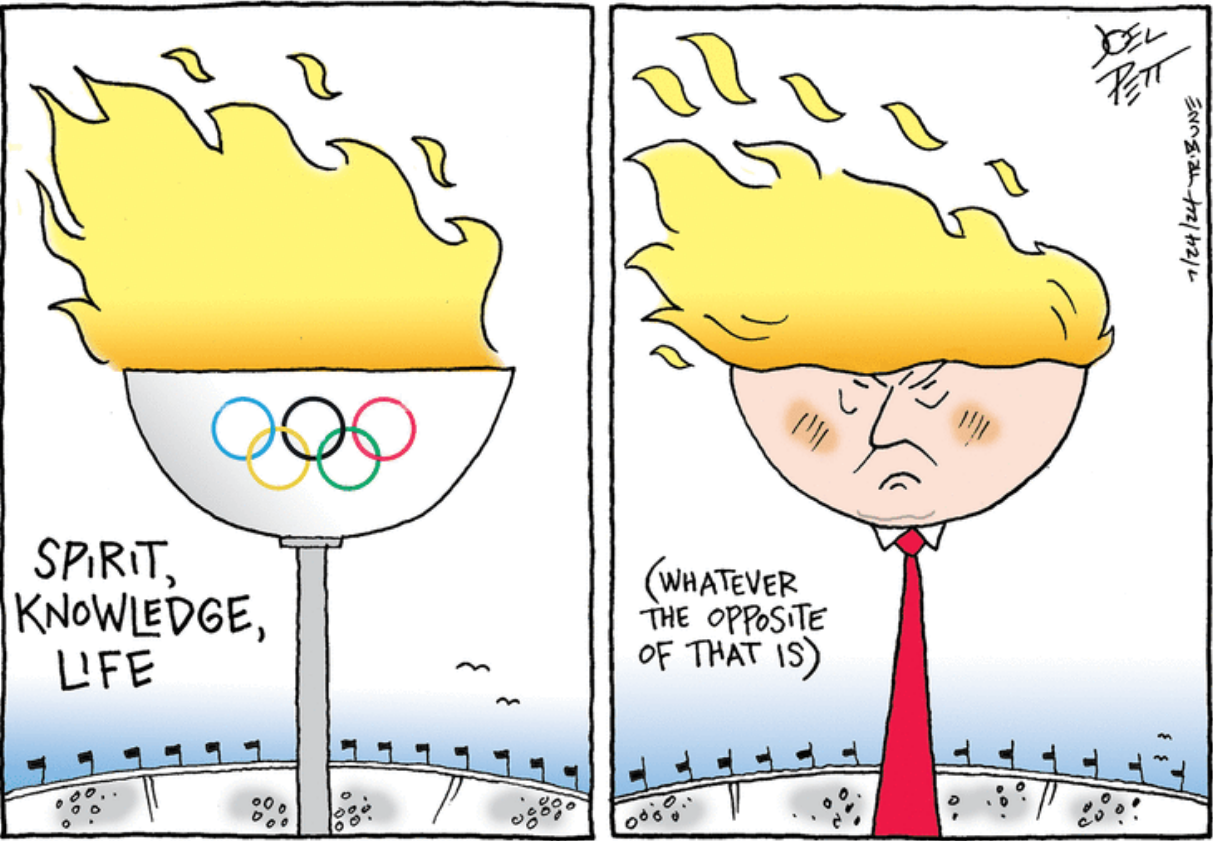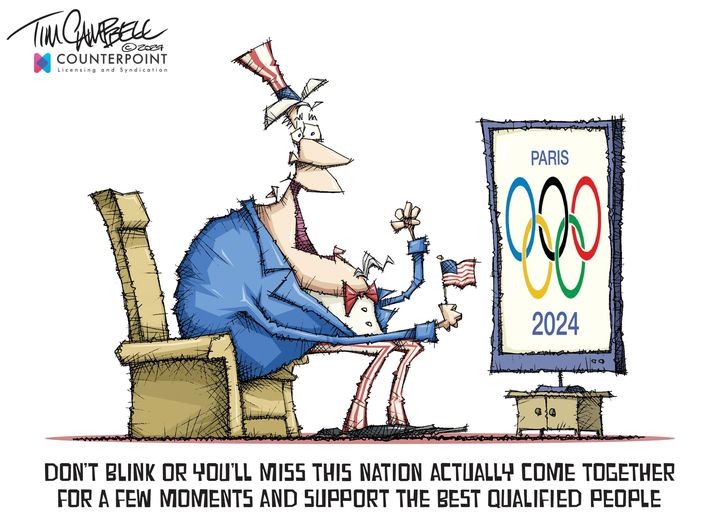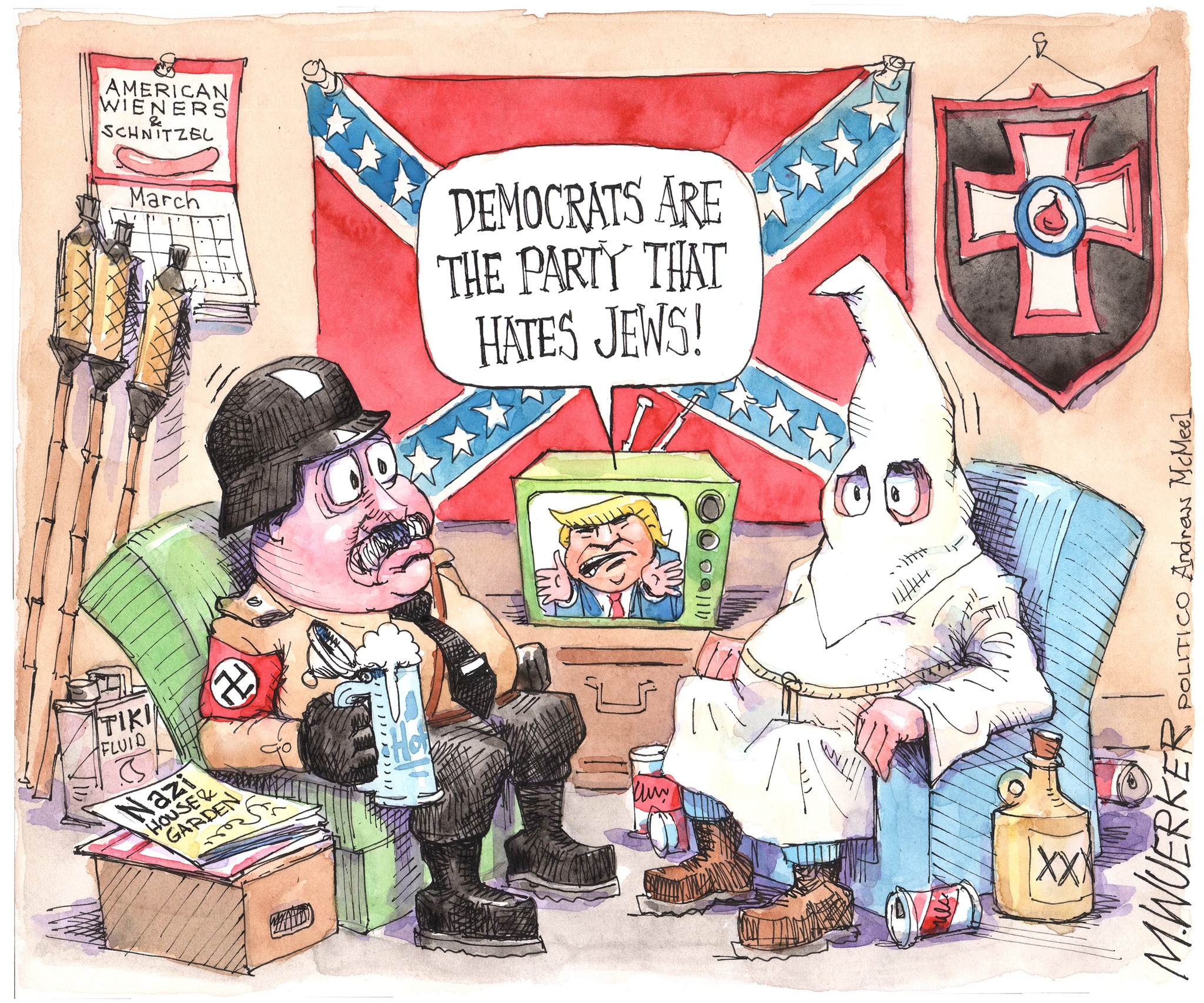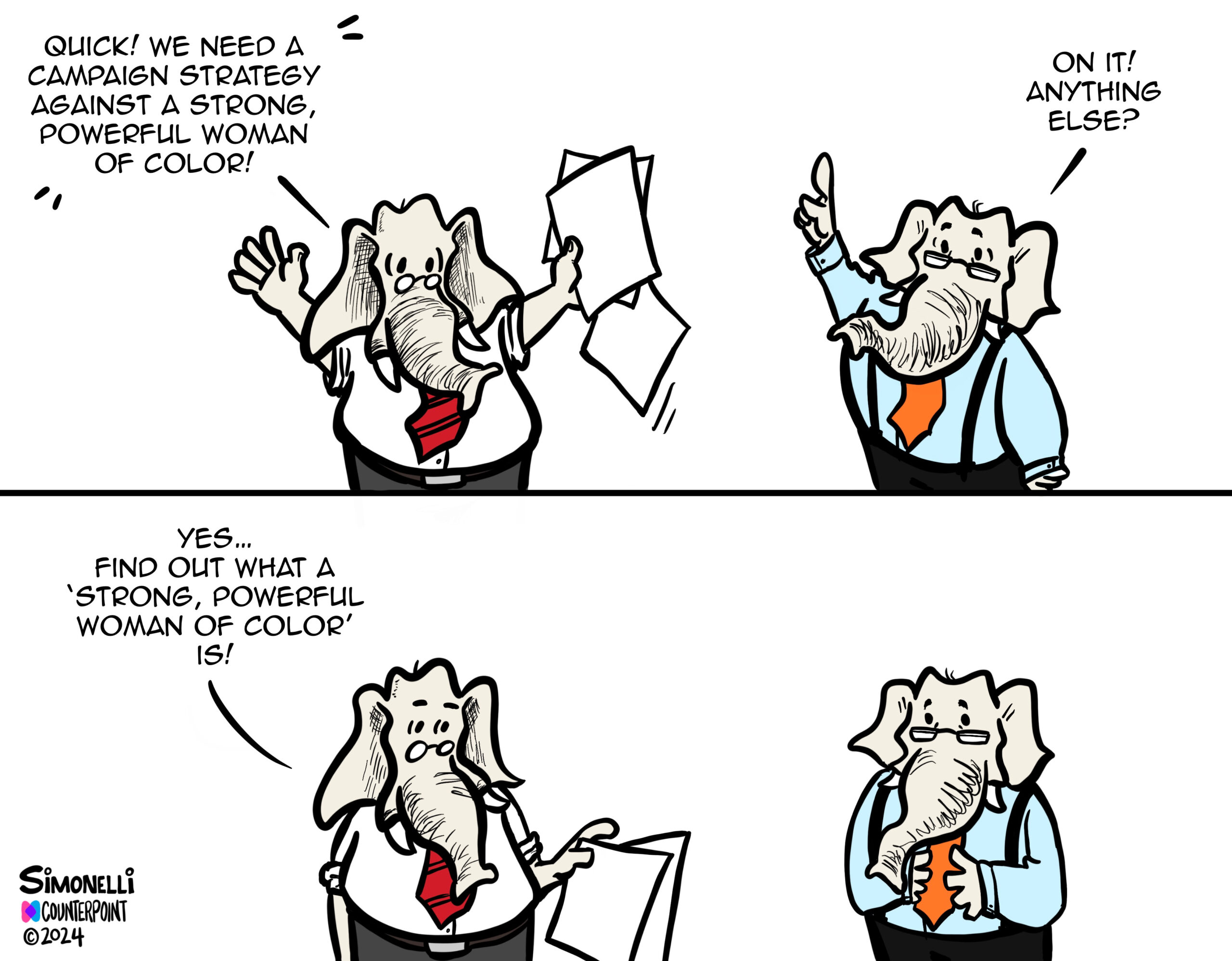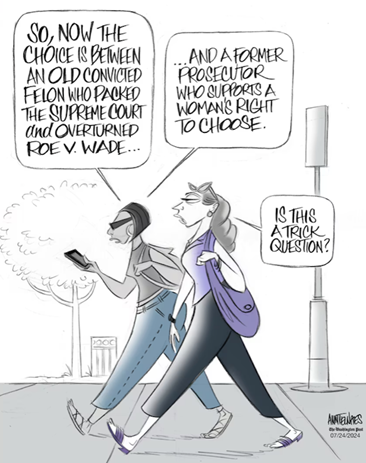The Daily Escape:

“THESE are the times that try men’s souls. The summer soldier and the sunshine patriot will, in this crisis, shrink from the service of their country; but he that stands by it now, deserves the love and thanks of man and woman.” – From The Crisis by Thomas Payne.
Everyone knows the bolded part of the comment above, but the rest is where we have to get to with 18± days left until Election Day. The pollster’s narrative is that the race has shifted and Trump has gotten stronger over the last few weeks. That Harris is lagging, not surging. At least some of that is caused by Republican Pollsters. Simon Rosenberg wrote: (emphasis and brackets by Wrongo)
“The red wavers [pollsters] stepped up their activity this past week, releasing at least 20 polls across the battlegrounds. It’s a sign that they are worried about the public polling in both the Presidential and the Senate, and have dramatically escalated their efforts to push the polling averages to the right and make the election look redder than it is.”
But this all has Democrats in disarray, thinking some or all of the following:
- The polls are right and we’re doomed.
- The polls are wrong. Some of them are skewed by these “Red Wave” polls.
- Early voter data show that Harris is in good shape.
- Harris going on Fox is a sign of strength or maybe weakness.
There’s a nub of truth in each of these. But on the whole, it’s whistling past the graveyard. The cake is pretty much baked. What we need in last18± days before Election Day: Vote. Donate. Pick a local candidate and support them with your money and time.
Let’s go from the macro in politics to the micro. The Intercept reported on a December 2022 drug bust in that bastion of democracy, Jackson, MS:
“It was a tip that brought a drug sniffing dog to the main post office in downtown Jackson, Mississippi. An employee there had reported seeing someone in the lobby putting pills into hot pink envelopes:
“…a police officer from the small city of Richland, just south of Jackson, walked into a back room at the post office where one of the envelopes had been set aside. Steed, a K-9 handler, arrived with Rip, his narcotics sniffer dog. Rip got to the pink envelope, sat down. According to records obtained through a Freedom of Information Act request, Steed said this meant the dog had smelled narcotics….This…was no ordinary drug bust. As it turned out, there were pills inside the package, but they were not the kind that Rip or other police K-9s are trained to detect. The envelope contained five pills labeled “AntiPreg Kit…their medical purpose is to induce abortion. Dwayne Martin, at the time the head of the U.S. Postal Inspection Service in Jackson, told me this was exactly what the initial tipster had suspected.”
It turns out that they were acting under a USPS procedure called mail cover: a little-known Postal Service method for collecting data about people suspected of committing crimes. From the WaPo:
“The US Postal Service has shared information from thousands of Americans’ letters and packages with law enforcement every year for the past decade, conveying the names, addresses and other details from the outside of boxes and envelopes without requiring a court order.”
More: (brackets by Wrongo)
“…postal inspectors, federal agencies, and state and local police forces made an average of about 6,700 requests [of the USPS] a year, and that inspectors additionally recorded data from about another 35,000 pieces of mail a year, on average.
Using an enormous database of images of the outside of envelopes and packages, postal inspectors can digitally compare names, addresses, and other information on one item to others. And the findings can be freely shared with almost any law enforcement agency that requests them.
This is bad enough: Imagine what could happen to abortion-pills-by-mail and the people who use them if Trump is elected? Since the accounts of the regional USPS head and The Intercept’s FOIA documents show a piecemeal crackdown is already underway during a Democratic administration?
Regardless of whomever is in power, the incident in Jackson provides a potential window into the future — one in which freelancing local Postal Service employees and officials call on the local cops who share their ideology to halt women from accessing reproductive care and potentially charge and arrest those providing or using abortion medication.
In the meantime, thanks to a Jackson-based postal worker, Rip the dog, and a federal agency that says it has no desire to police abortion, nearly 100 pregnant women did not receive little pink packages containing the medicine they requested.
Finally, Harris vs. Fox: She sat for the most confrontational interview of her campaign as she answered — and parried — questions from Fox News’ Bret Baier. The idea was to unmoor any loosely-affiliated Republican voters and show them she isn’t as scary as Trump and Fox News have portrayed her.
Baier thought he was prepared with enough “gotcha” questions. He showed a clip from a Fox town hall that conveniently edited out the section showing him saying “the enemy within”. But it was Harris who pounced:
“Bret, I’m sorry and with all due respect, that clip was not what he has been saying about ‘the enemy within’ that he has repeated when he is speaking about the American people. That’s not what you just showed…”
Baier insisted the clip was Trump’s response to a question about those statements, and Harris countered:
“You didn’t show that, and here’s the bottom line: He has repeated it many times, and you and I both know that. And you and I both know that he has talked about turning the American military on the American people.”
Baier absolutely knows that. Trump used the phrase on Maria Bartiromo’s Sunday morning program and at his rally in Aurora, CO., on Friday. Baier discussed and tried to sane-wash Trump’s usage of the phrase on his Oct. 15 show.
Go grab a napkin, Bret. You got served.

